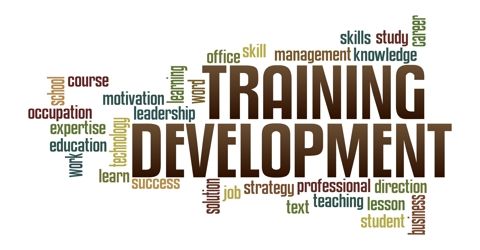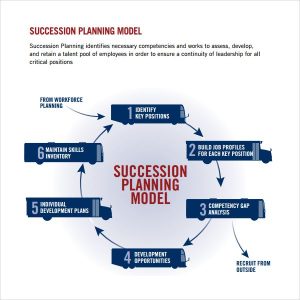
In today’s competitive business environment, companies must invest in employee training and development to stay ahead of the curve. Employee training and development programs not only benefit the employees but also contribute to the overall success of the organization. This article explores the importance of employee training and development and how it can be implemented effectively.
The Benefits of Employee Training and Development
1. Improved Performance: One of the main benefits of employee training and development is improved performance. When employees receive the necessary training, they become more skilled and knowledgeable, leading to increased productivity and better results.
2. Increased Job Satisfaction: Investing in employee development shows that the company values its employees and their growth. This fosters a sense of job satisfaction and loyalty among employees, leading to higher retention rates and a more motivated workforce.
3. Enhanced Employee Skills: Through training and development programs, employees acquire new skills and knowledge that can directly contribute to their job performance. Whether it’s mastering a new software or improving communication skills, these enhanced skills can be applied to daily tasks, making employees more efficient and effective.
4. Adaptability to Change: As technology and industry trends continue to evolve, organizations need to ensure that their employees stay updated and adaptable. Regular training and development programs enable employees to keep up with the latest advancements, making them more versatile and ready to handle new challenges.
Implementing an Effective Employee Training and Development Program
1. Assessing Training Needs: Before implementing any training program, it’s important to identify the specific skills and knowledge gaps within the organization. This can be done through employee assessments, surveys, and performance evaluations. By understanding the training needs, companies can tailor their programs to address specific areas for improvement.
2. Setting Clear Goals and Objectives: Every training program should have clear goals and objectives. This helps to provide direction and ensures that the program aligns with the company’s overall strategy. By setting measurable goals, companies can assess the effectiveness of the training program and identify areas that need further improvement.
3. Providing a Variety of Training Methods: Different employees have different learning styles, so it’s important to provide a variety of training methods. This can include traditional classroom training, on-the-job training, e-learning modules, workshops, and mentoring programs. By offering a range of options, companies can cater to the diverse needs of their employees and maximize the effectiveness of the training program.
4. Encouraging Continuous Learning: Employee training and development should not be limited to a one-time event. To fully reap the benefits, companies should encourage continuous learning and provide opportunities for employees to expand their knowledge and skills. This can be done through ongoing training sessions, workshops, conferences, and access to online learning resources.
The Role of Technology in Employee Training and Development
Technology plays a crucial role in modern employee training and development. Here are some ways technology can enhance the effectiveness of training programs:
1. E-Learning Platforms: Online platforms and learning management systems enable employees to access training materials anytime and anywhere. This flexible approach allows employees to learn at their own pace and convenience.
2. Virtual Reality (VR) and Augmented Reality (AR): VR and AR technologies provide immersive and interactive learning experiences. They can simulate real-life scenarios, allowing employees to practice skills in a risk-free environment.
3. Data Analytics: Technology can track and analyze employee training data, providing insights into the effectiveness of the program. Companies can use this data to identify areas of improvement and make data-driven decisions for future training initiatives.
Conclusion
Employee training and development are essential for organizations seeking to thrive in today’s competitive business landscape. By investing in employee growth, companies can reap numerous benefits, including improved performance, increased job satisfaction, and enhanced employee skills. By implementing effective training programs, assessing training needs, setting clear goals, and utilizing technology, organizations can create a culture of continuous learning and development, shaping a talented and adaptable workforce.

